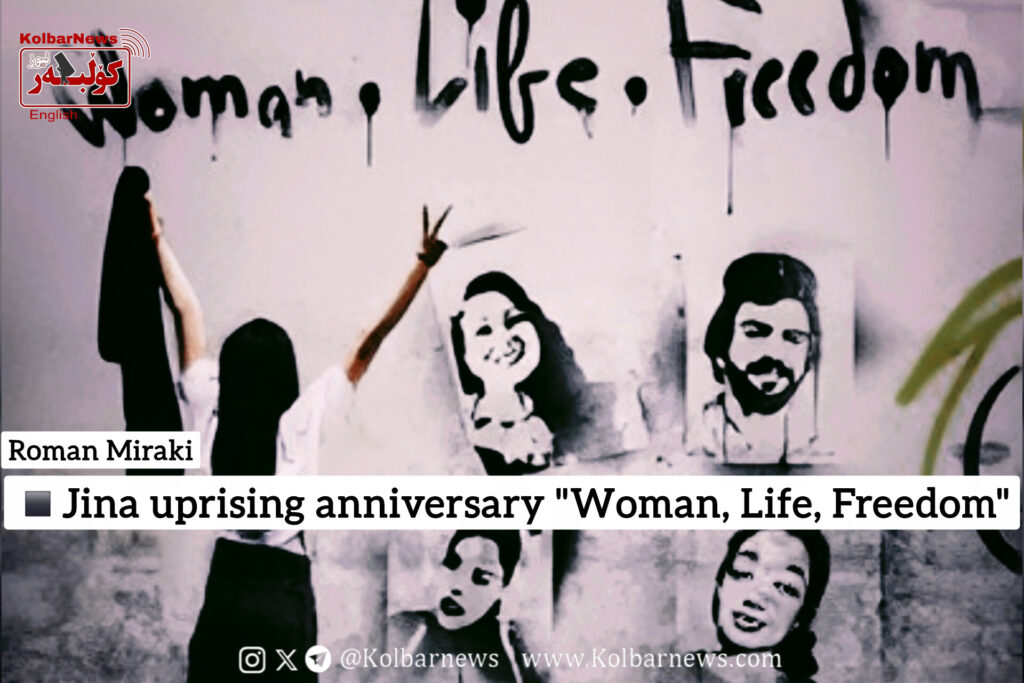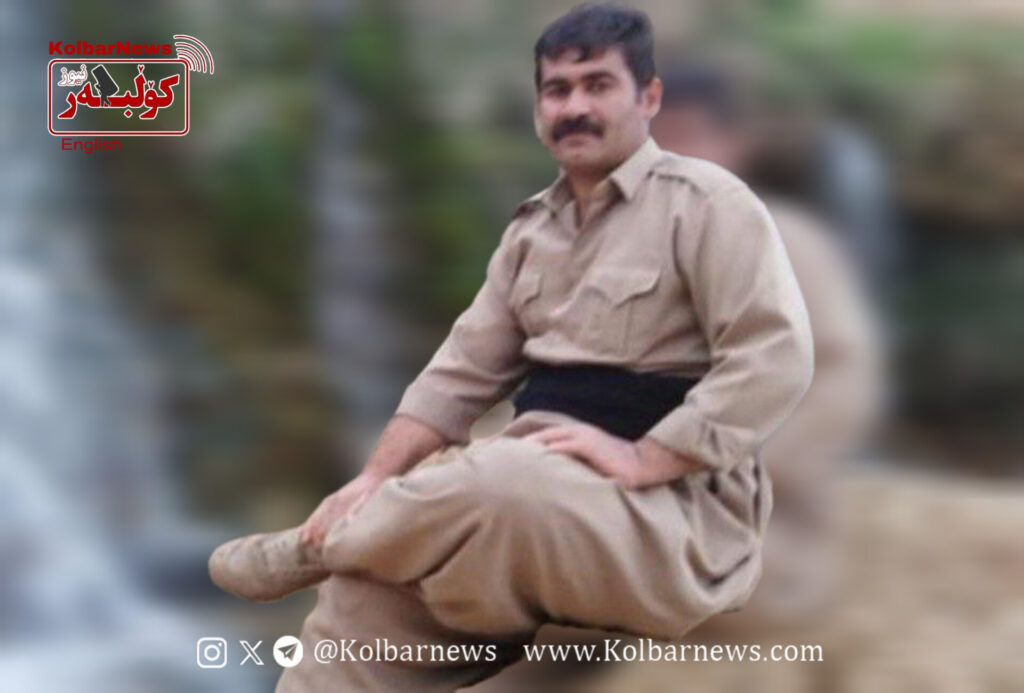
Writer: Roman Miraki
“Women, Life, Freedom” movement, led by women, broke down walls of gender, religious, and ethnic discrimination and created a discourse for justice.
Three years ago, on September 15, 2022, state sponsored murder of Jina Amini sparked what became one of largest protest movements in contemporary Iranian history. “Women, Life, Freedom” uprising, which began in Kurdistan and quickly spread across country, not only symbolized women’s resistance to discriminatory mandatory hijab laws, but also became a fundamental challenge to government’s patriarchal, ideological, and repressive structures.
With its central slogan, rooted in Kurdish women’s movement, movement crossed gender, ethnic, and class boundaries and united millions of Iranians in streets and public spaces. Today, on third anniversary of this historic event, despite severe repression, its social and cultural impact remains vibrant and alive. Through their daily resistance, from not observing mandatory hijab to their strong presence in public spaces, Iranian women have shown that this uprising is not a temporary protest, but a social revolution with lasting results. Despite lack of change in Islamic Republic’s anti women laws, this movement has been able to increase cost of repression for government and institutionalize a new discourse of freedom and justice in Iranian society.
Achievements
There has truly been a socio-cultural revolution in Iran. It is a dynamic revolution that continues to this day. Movement has never reached zero point during these three years and has never stopped, because women are present in it in a daily and constant struggle and resistance.
Most important distinctions of this movement from previous uprisings in contemporary Iranian history was pioneering role of women as a group with direct lived experience of discrimination and structural oppression. They had a kind of epistemic advantage over structures that produced inequality and discrimination, and this awareness enabled convergence of diverse demands. Central slogan of “Woman, Life, Freedom” and its social implications were so powerful that it became central signifier of movement and was able to link, beyond specific demands of women, demands of other organized social groups such as national minorities, teachers, students, and workers, and on the other hand, activate disaffected but inactive and unorganized groups such as queer community, draw them around this central signifier, and act like a three concept but meaningful manifesto.
One of most important achievements of this discourse was defeating government in a discursive battle based on pitting and sowing seeds of conflict between ethnic groups and other social groups.
Challenges
This solidarity waned after initial months, and reasons for this were, first, that movement failed to create institutions, sustainable networks, or “protest infrastructures.” Lack of organization and continuity of collective action caused energy of streets to gradually dissipate and bonds between groups to weaken.
Severe repression on streets is another reason for movement’s decline. Regime limited arena for direct action by severely repressing streets and reclaiming public spaces. As people left streets, dominant discursive forces in cyberspace especially right wing groups that have easier access to sources of power and whose demands conflicted with those of women, ethnic minorities, and underprivileged were able to take over field and push movement’s narrative in a different direction. Correlation has been hidden and can be reactivated. Government treats regions of Kurdistan, Baluchistan, Khuzestan, or Lorestan not simply as provinces of country, but as “marginal and problematic regions”, and as a result, it always keeps these regions under its military and security control. Islamic Republic is oppressive in Tehran, but it is an occupier in Kurdistan. “Islamic Republic has used ethnic issue as a tool to legitimize violence” and framed these areas as “unsafe” and “a threat to integrity of country.” Movement briefly bridged boundaries between center and periphery, but government narratives were reinforced again.
From Protest to Organizing
This movement has been spontaneous and decentralized so far, and to overcome its challenges and expand its impact, it needs horizontal, council based, and participatory organizing. In particular, creation of labor councils, neighborhood committees, and independent trade union organizations can transform movement from an individual, personality centered, and scattered state into an organized, program based, and sustainable movement that is capable of confronting repression and advancing economic, social, and political demands. For movement to overcome its current limitations, spontaneous protests need to be transformed into organized projects that can both challenge repression and advance economic and social demands. Creating and strengthening independent networks among labor movements, women, minorities, and discourse of an alternative democratic left will pave way for such power.
According to Kolbarnews, on Tuesday, September 16, 2025, Susan Razani, a civil activist and a well known figure in women’s movement in Sanandaj, was summoned to Intelligence Department and interrogated. In another report, Kolbarnews reported summoning and interrogation of three other civil and trade union activists: Simin Chaychi, a civil activist and renowned Kurdish poet, Fatemeh Zandkarimi, an activist of Teachers’ Movement, and Marzieh Moradavisi, a civil activist from Sanandaj. Summoning of these activists was in connection with third anniversary of death of Jina Amini and Jina Revolutionary Movement. Security forces have threatened these activists and warned them not to participate in any gatherings on third anniversary of Jina Revolutionary Movement.

